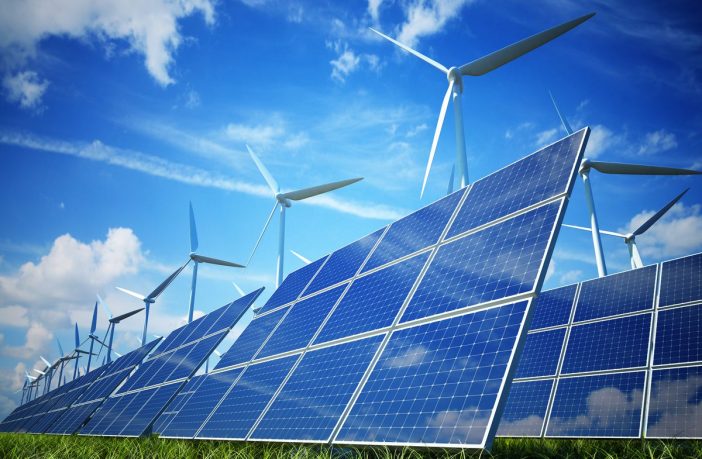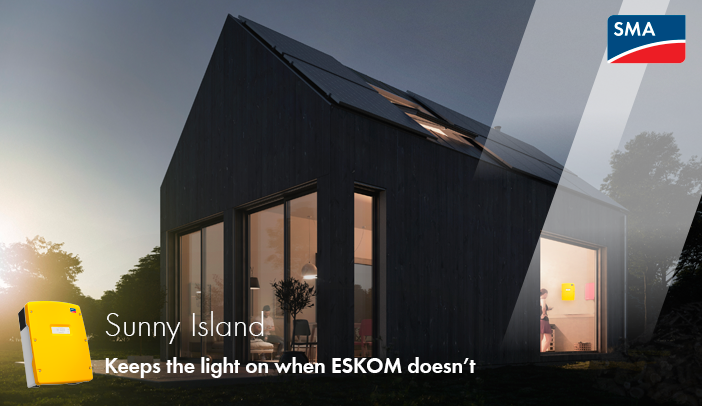- The National Energy Regulator of South Africa (NERSA) announced today that it has registered 98 generation facilities during the second quarter (July to September) of the 2023/24 financial year.
- The total capacity of the 98 generation facilities is 908MW, with an investment value of R17.3 billion.
The number of generation facilities registered for commercial purposes is 7 of 98, with a capacity of 140MW and an investment cost of R1.9 billion. It is important to note that NERSA processed all the above applications within an average of five working days.
The technological composition of the 98 registered generation facilities consists of solar photovoltaic (PV), solar photovoltaic with battery energy storage system (BESS), co-generation and wind turbine. However, solar PV generation technology is the most popular choice in South Africa since 71% of the total capacity is solar PV. Furthermore, solar PV is the highest in the number of generation facilities. This can be attributed to the fact that, in general, South Africa has adequate sunlight. The total investment value of solar PV generation facilities is R11.4 billion. Solar PV technology is favourable because it is flexible for small-scale and large-scale generation.

Details of the registered facilities and their locations. Credit: NERSA
Regarding the new generation facilities and their total capacity per province, the top three provinces with the highest number of new registered generation facilities are Gauteng, Western Cape and KwaZulu-Natal. However, in terms of the installed capacity, the top three provinces are Free State, North West and Western Cape. The North West Province generated the highest investment cost (R5.8 billion) in the second quarter. Table 2 below illustrates the new generation facilities and their total capacity per province.
Related news: SMA helps Audi Dealership in South Africa cut costs by 60%
Regarding the energy exported through the national grid, 68 generation facilities are connected to the Eskom network and generate a total of 785MW, with a total investment cost of R14.8 billion. A total of 30 generation facilities are connected to the municipal distribution network and generate a total of 27MW, with an investment cost of R2,5 billion. The average investment cost for the second quarter of the 2023/24 financial year is R19 000/kW.
Since the inception of the registration regime in 2018, NERSA has registered a total of 1 185 generation facilities, with a capacity of 5 785MW and an investment cost of R111 billion.

New generation facilities and their total capacity per province. Credit: NERSA
“The uptake of the registered generation facilities is commendable. However, it is concerning that most of the registered facilities are further deepening the California Duck Curve as they are not coupled with storage. In this regard, it’s recommended that registration applications for generation facilities of variable energy sources be coupled with battery storage.” said Mr Nhlanhla Gumede, Regulator Member responsible for Electricity Regulation.
The detailed list of the 98 new registered generation facilities will be published on the NERSA website (www.nersa.org.za) in due course.
Author: Bryan Groenendaal
















